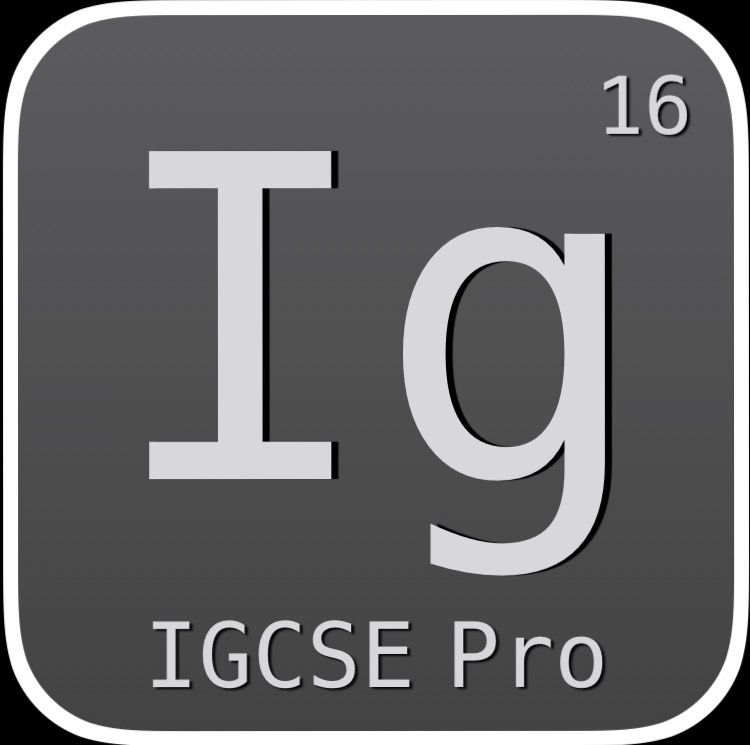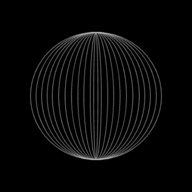Components of a Computer System

Let's learn about the various components that make up a computer and operating system use. What is an interface, types of interfaces and their differences.
What is hardware?
Hardware is a general term for the physical components that make up a computer system. e.g.
- Keyboard
- Mouse
- Circuit Board
Hardware can be either internal or external.
What is software?
Software is the general term for the set of programs that control the computer system.
What are the different types of software?
There are two types of software:
- System Software
Programs that allow the hardware to run properly. E.g., Windows, Linux, etc - Application Software
Programs that allow the user to do specific task. E.g., Excel, Word, Powerpoint, etc
What are the different categories of hardware?
There are two categories of hardware namely internal and external.
Some examples of internal hardware are motherboard, random access memory (RAM), read-only memory (ROM), sound cards, internal storage devices like hard disk drive (HDD) and solid state drive (SSD).
Some examples of external hardware are keyboard, touch pad, mouse and printer.
What are the main components of a computer system?
-
CPU - CPU or Central Processing Unit is the most important part of a computer which interpretes and executes the command from the computer hardware and software. CPU is made of different components and numerous small ICs which are combined together on one or more circuit boards. However, due to modern manufacturing techniques, the term microprocessor is now used instead of CPU. This is a single IC which is at the heart of most PCs and is also found in many household (appliances) devices and equipment where some control or monitoring is needed. E.g., Fridge, TV, Washing Machine, car, calculator, etc. CPU can be subdivided into a control unit, which controls the input and output devices; an arithmetic logic unit (ALU), which carries out calculations and makes logical decisions; and the immediate access store (RAM).
-
RAM – RAM is an internal chip where data is temporarily stored when running apps. This memory can be written to and read from since its contents are lost when power is switched off. It is also known as volatile or temporary memory.
-
ROM – ROM is a memory used to store information that needs to be permanent. It is often used to contain, for example, configuration data for computer system. These chips cannot be altered and only be read from.
One main advantage of this is that the information stored on ROMs are not lost even when power is switched off. They are also known as non-volatile memory or permanent memory. This also contains some coding known as the boot file. This code tells the computer what to do when it first starts up, it is often referred as BIOS (Basic Input Output System). When the computer is turned on, the BIOS carries out a hardware check to find out if all the devices are present and whether they are functional then it loads OS in the RAM. The BIOS stores the date, time and system configuration in a non volatile chip called CMOS (Complimentary Metal Oxide Semiconductor) which is battery powered. -
HDD/SSD - The internal hard disk drive (HDD) or solid State drive (SDD) is the main internal storage of a computer where the operating system and application softwares as well as users data, files, etc are stored. The main advantage of these drives is the fast transfer/access times and their large capacity to store data.
What is an OS?
OS enables users to communicate with computer systems. The general tasks for OS include :
- Controlling the operation of input, output and backup storage devices
- Supervising the loading, running and storage of application programs
- Dealing with the errors that occur in the application programs
- Maintain the security of the whole computer system
- allow communication between the user and the computer system
- maintain computer/system logs.
What is an interface? What are the various types?
Computer users need to be able to communicate with the Operating System. This is called the user interface.
There are two types of interfaces:-
CLI (Command Line Interface):-
- CLI require the user to type in instructions in order to perform operations. There are number of commands that need to be typed in, for example, save, edit, create. The user therefore, has to learn a number of commands first to carry out basic operations.
- The advantages of CLI is that user is in direct communication with the computer and is not restricted to predetermined options.
GUI (Graphical User Interface):-
- It allows the user to interact with the computer using pictures (icon) or symbols rather than having to type number of commands. GUI uses various technologies and devices to provide user interface.
- One of the most common keys windows, icons, menus and pointing device (WIMP) which was developed for use on personal PCs. This uses a mouse to control a cursor which then selects icons to open or run windows.
- Each window contains an application and modern computer system allow several windows to be open at the same.
- In recent years, devices such as touch screen phones use post WIMP interaction where fingers are in contact with the screen. This allows actions such as pinching and rotating which would be difficult to do using a single pointing device such as a mouse.
What are the main differences between CLI and GUI? Who are the chief/main users of these two interfaces ?
The following table enumerates the main differences between CLI and GUI:
Command Line Interface (CLI)
Advantages
- The user is not restricted to a set of predetermined options.
- The user directly communicates with the computer.
- It allows the user to alter the computer's configuration settings.
Disadvantages
- The user must learn a number of commands to carry basic tasks/operations.
- All commands must be typed in, which is time consuming and also prone to errors.
- Each command must be entered using correct format, spelling, etc.
- It is very different to edit once the commands have been typed.
Users
The main users of the CLI command are generally programmers, technicians or system operators who need to directly communicate with the computer to develop a new software, locate bugs, errors and remove or fix them, initiate memory/system dumps to identify the errors, etc.
Graphical User Interface (GUI)
Advantages
- It is user-friendly as icons are used to represent applications.
- There is not need for the user to learn any commands.
- As a pointing device which is generally a mouse is used to click on an application icon, to launch the application, it is easier and simplier than typing in commands.
Disadvantages
- The number of applications an user can use is limited to the number of icons shown on the screen.
- It uses hugely more computer memory than that used by CLI interface.
- It needs a high level operating system like Windows to operate resulting in consumption of higher amount of memory.
Users
Being a simple to use interface, the users are generally people who may not have any or little knowledge as to how the computer works or a person who uses the computer only to execute a software or check mails, etc.
This is the end of this guide. Hope you enjoyed it! Thanks for using www.igcsepro.org! We hope you will give us a chance to serve you again! Thank you!

